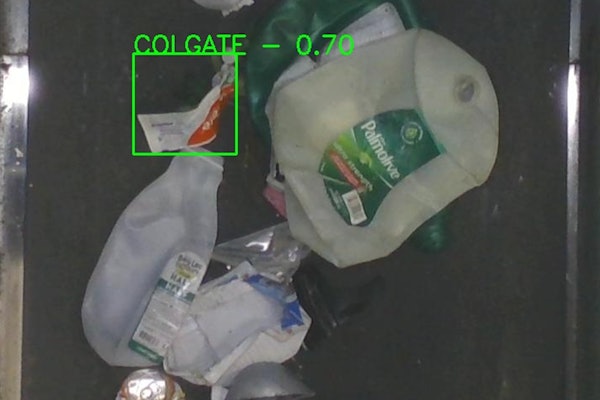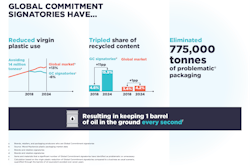
That’s because lots of companies were holding back on investments, concerned where things were going, he says. “But 2011 was a record year for many of our members,” he says. “Many who were holding back investments reached a point where they needed to make a decision.”
Decide they did. “The investments were in retooling existing machines and purchasing new ones,” Izquierdo says. The Packaging Machinery Manufacturers Institute (PMMI, www.pmmi.org) estimates 2011’s growth in sales at around 20 percent, he notes.
But that sales-growth spurt has passed. “In 2012, we’re still on the positive side of sales. However, as we track monthly how things are going, sales grow slower and slower every month,” Izquierdo says. He forecasts the same behavior—that is, relatively small growth—for the rest of 2012 and in 2013, as well. Why? “The main reason is the stagnation in the economy.”
Expectedly, more machinery production in 2011 required more staff. That made 2011 a record year for hiring, Izquierdo says. Those new hires were mainly for installation and service.
But hiring in 2012 also has faded. “Earlier this year, companies were more aggressive in hiring, but they aren’t as aggressive now,” Izquierdo observes.
Whether hiring is aggressive or not, he says that besides America’s economic stagnation, the biggest challenge facing the packaging-machinery sector is its workforce. “While our members are hiring, it’s getting harder and harder for them to find qualified technical people at all levels, including factory-floor workers, other technicians, installers and servicers, and engineers.


























